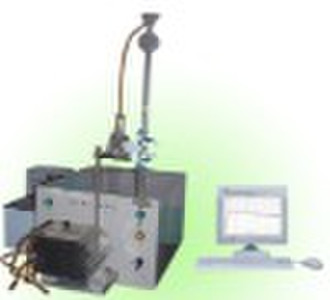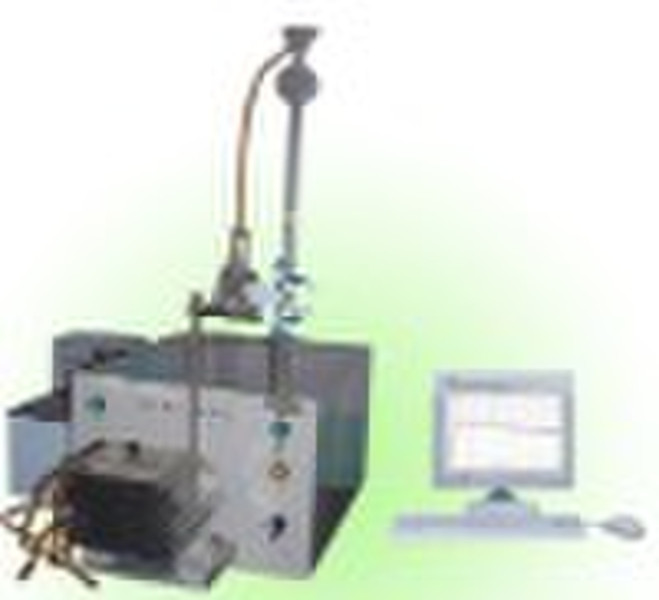Каталог
-
Каталог
- Автомобили и мотоциклы
- Безопасность и защита
- Бизнес
- Бытовая техника
- Бытовая электроника
- Детали машин и услуги по их изготовлению
- Дом и Сад
- Здоровье и медицина
- Игрушки и хобби
- Изделия из металла
- Измерительные и анализирующие приборы и инструменты
- Инструмент
- Красота и личная гигиена
- Мебель
- Мероприятия по охране окружающей среды
- Минералы и металлургия
- Модные аксессуары
- Обувь и аксессуары
- Одежда
- Освещение
- Подарки, сувениры
- Продовольственные товары и напитки
- Промышленное оборудование и техника
- Резина и пластмассы
- Сельское хозяйство
- Специальное оборудование
- Спорт, отдых и досуг
- Сток
- Строительство и недвижимость
- Текстиль и кожа
- Телекоммуникации
- Товары для офиса, учебы. Канцтовары
- Транспорт
- Упаковка и печать
- Химикаты
- Часы, Украшения, Очки
- Чемоданы, сумки
- Электронные компоненты, оборудование, принадлежности
- Электротехническое оборудование и принадлежности
- Энергия
Filters
Search
farinograph, мука farinograph, тесто farinograph
ориг. цена: 2 500 USD
Ханчжоу, Китай
Объем производства:
15 Набор / Месяц

Johnny Yiu
Контактное лицо
Основные данные
| Место происхождения | Zhejiang China (Mainland) |
|---|---|
| Бренд | Reign |
| Номер Модели | HTF300-07 |
farinograph, flour farinograph, dough farinograph Method 1. A flour sample of 50 or 300 grams on a 14 percent moisture basis is weighed and placed into the corresponding farinograph mixing bowl. 2. Water from a buret is added to the flour and mixed to form a dough. 3. As the dough is mixed, the farinograph records a curve on graph paper. 4. The amount of water added (absorption) affects the position of the curve on the graph paper. Less water increases dough consistency and moves the curve upward. 5. The curve is centered on the 500-Brabender unit (BU) line ±20 BU by adding the appropriate amount of water and is run until the curve leaves the 500-BU line. Results • The farinograph determines dough and gluten properties of a flour sample by measuring the resistance of a dough against the mixing action of paddles (blades). • Farinograph results include absorption, arrival time, stability time, peak time, departure time, and mixing tolerance index. • Farinograph curves are described on pages 30 to 31. Why is this important? The farinograph test is one of the most commonly used flour quality tests in the world. The results are used as parameters in formulation to estimate the amount of water required to make a dough, to evaluate the effects of ingredients on mixing properties, to evaluate flour blending requirements, and to check flour uniformity. The results are also used to predict processing effects, including mixing requirements for dough development, tolerance to over-mixing, and dough consistency during production. Farinograph results are also useful for predicting finished product texture characteristics. For example, strong dough mixing properties are related to firm product texture. The farinograph test measures and records the resistance of a dough to mixing with paddles. • Absorption is the amount of water required to center the farinograph curve on the 500-Brabender unit (BU) line. This relates to the amount of water needed for a flour to be optimally processed into end products. Absorption is expressed as a percentage. • Peak Time indicates dough development time, beginning the moment water is added until the dough reaches maximum consistency. This gives an indication of optimum mixing time under standardized conditions. Peak time is expressed in minutes. • Arrival Time is the time when the top of the curve touches the 500-BU line. This indicates the rate of flour hydration (the rate at which the water is taken up by the flour). Arrival time is expressed in minutes. • Departure Time is the time when the top of the curve leaves the 500-BU line This indicates the time when the dough is beginning to break down and is an indication of dough consistency during processing. Departure time is expressed in minutes. • Stability Time is the difference in time between arrival time and departure time. This indicates the time the dough maintains maximum consistency and is a good indication of dough strength. Stability time is expressed in minutes. • Mixing Tolerance Index (MTI) is the difference in BU value at the top of the curve at peak time and the value at the top of the curve 5 minutes after the peak. This indicates the degree of softening during mixing. Mixing tolerance index is expressed in Brabender units (BU). Weak gluten flour has a lower water absorption and shorter stability time than strong gluten flour. Adapted from Method 54-21, Approved Methods of the American Association of Cereal Chemists, 10th Edition. 2000. The Association, St. Paul, MN.
Условия поставки и упаковка
Packaging Detail: wooden case/set, dimension: 125 x 75 x 65cm, gross weight: 155kg Delivery Detail: 7 days
Порт: Shanghai
Условия оплаты
Электронный перевод
-
Способы оплаты
Для оплаты товаров и услуг на нашем портале, Вы всегда получаете счет, в котором Вам необходимо самостоятельно указать свои данные.
Мы принимаем к оплате:









